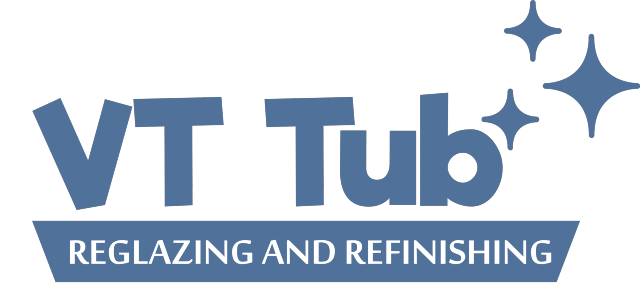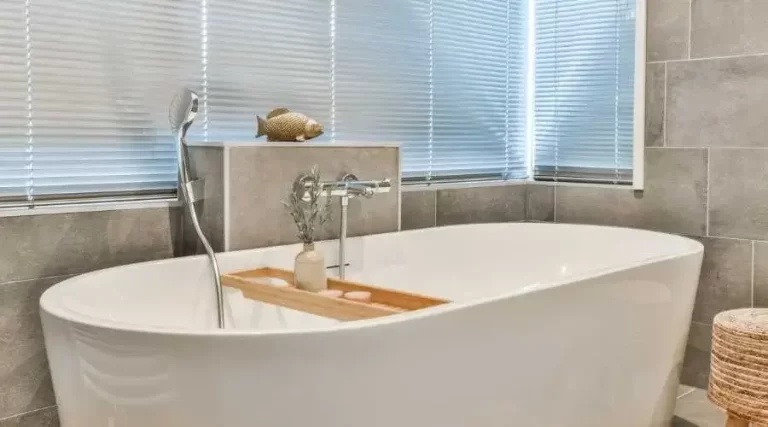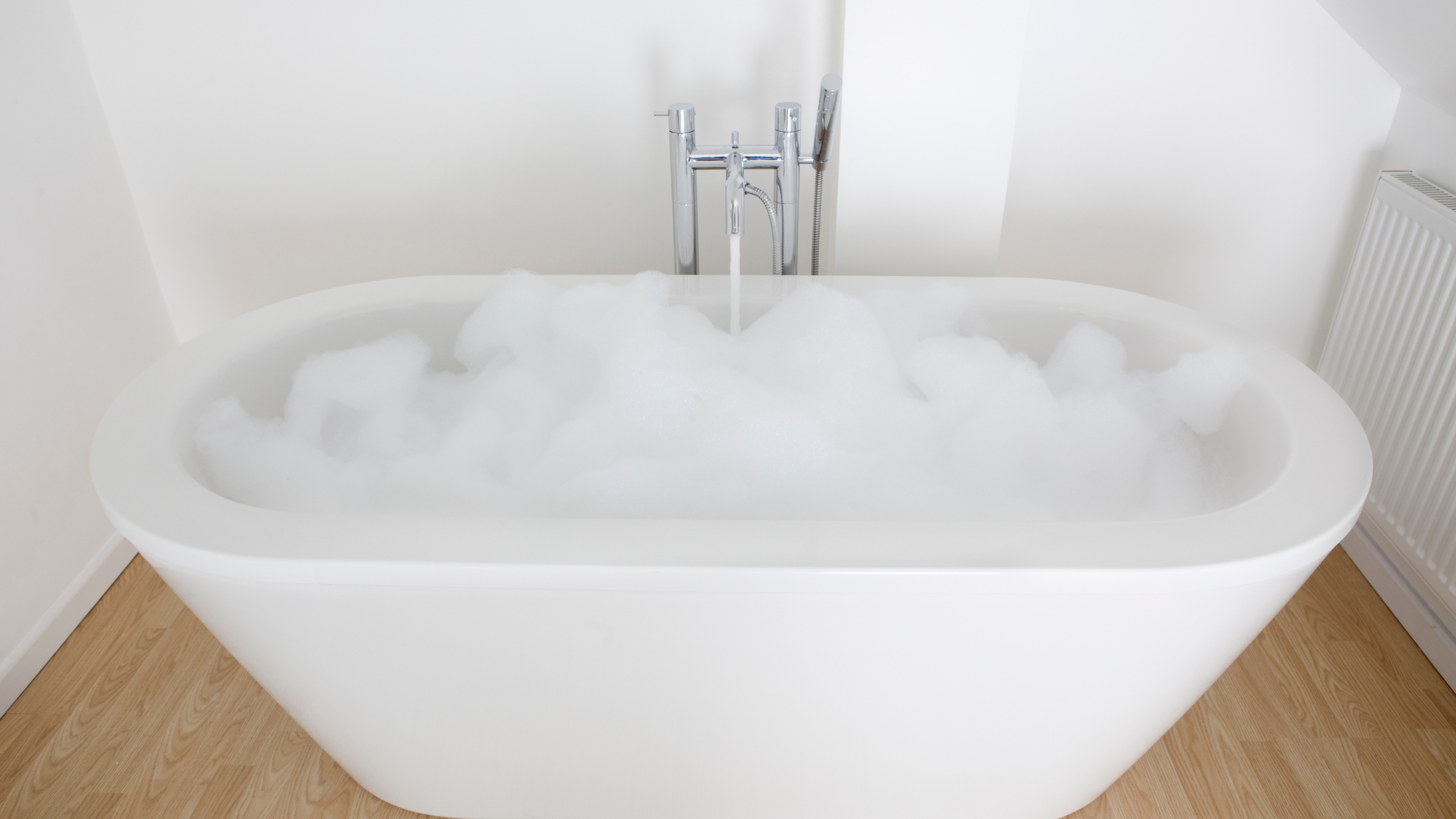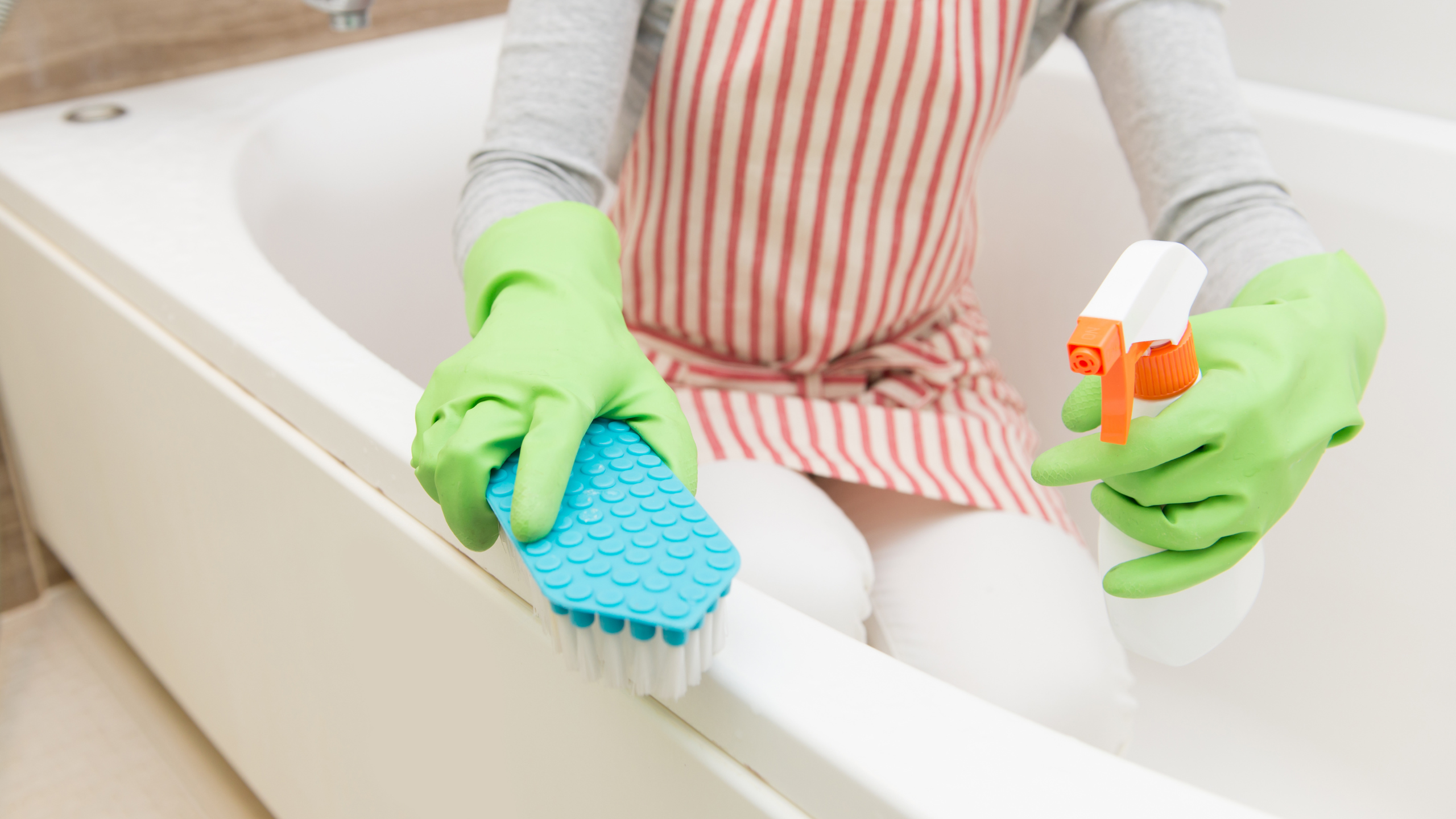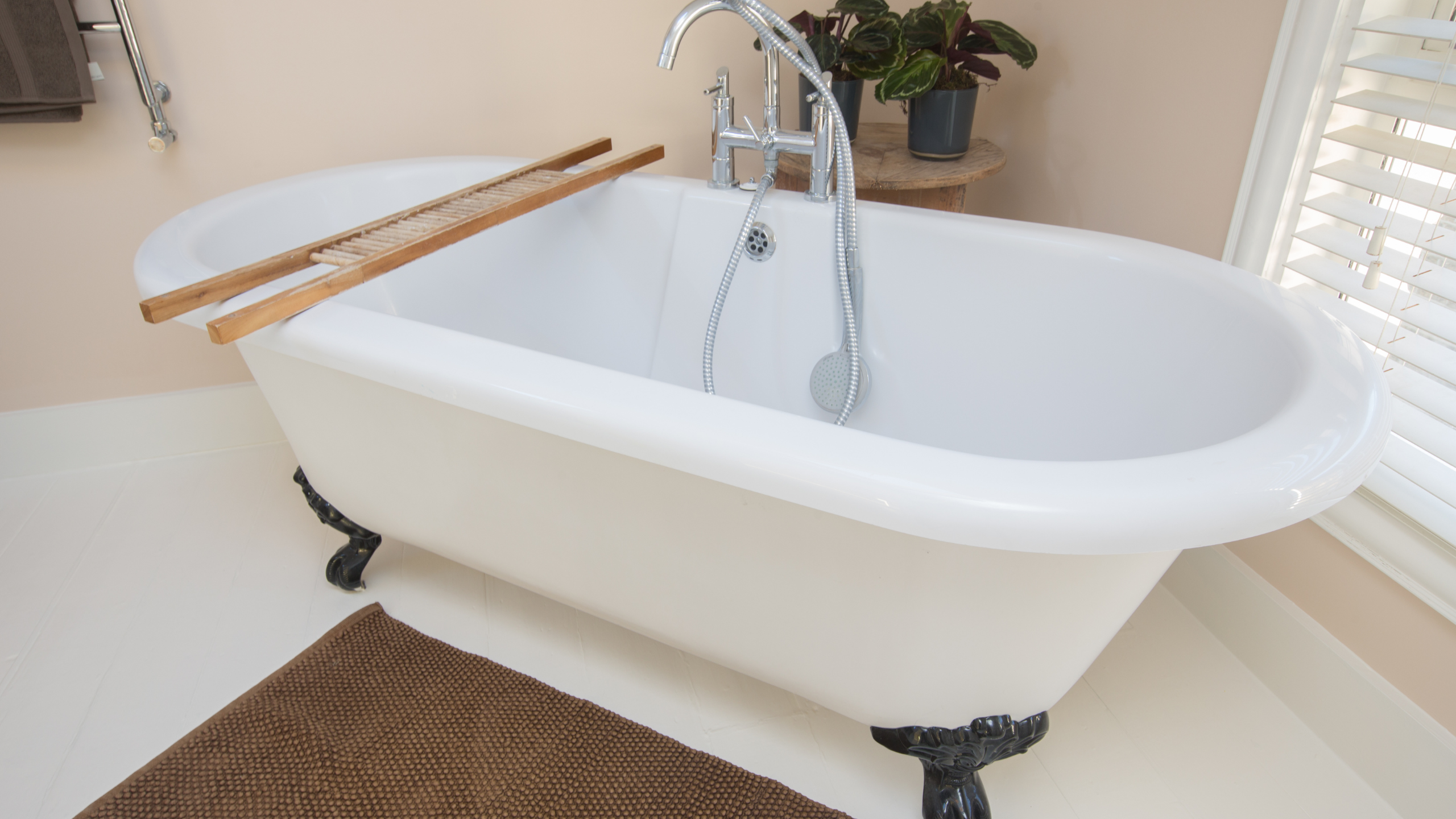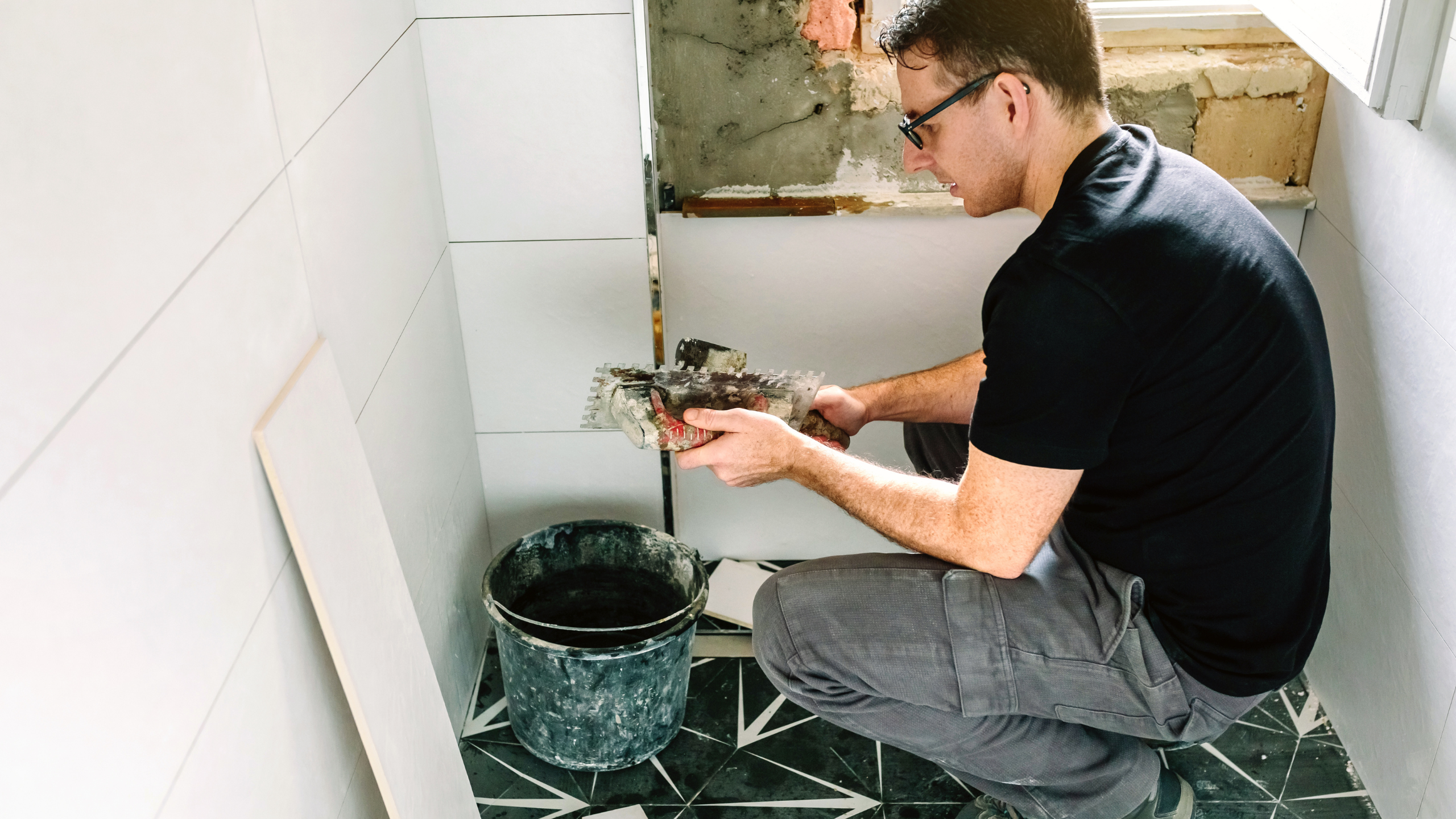The majority of homeowners choose tub reglazing over purchasing a new bathtub. Why? Because when done correctly, competent bathtub refinishing can make a tub seem as good as new. This approach also allows your clients to keep their tubs in place, eliminating the need to replace existing flooring, tiling, fixtures, and other features. Instead, the surrounding surfaces are covered and left alone while the repair is done.
There are several elements to consider while refinishing a bathtub. In the sections below, we’ll review Seven easy tips to make your next tub reglazing endeavor successful.
Step 1: Prepare Your Workspace
Before you begin your bathtub repair project, you must thoroughly organize your workspace. In addition to protecting all surrounding surfaces, you must take all necessary safety precautions. To keep the area well-ventilated, turn on the bathroom fan, open a window, and utilize an industrial fan to push the air outside.
Step 2: Remove Caulk
Remove the overflow plate above the tub drain first. Cut the caulk where it meets the surround using a utility knife. When the caulk starts to come free, carefully peel it away with a putty knife. (Don’t be concerned if black markings emerge with this process; they may be erased afterward.)
Necessary: If the caulk you’re removing includes silicone, use a silicone digester to remove the residue. The tub reglazing work will be protected if this is done.
Step 3: Clean the Bathtub Thoroughly
A tub must be thoroughly cleaned before refinishing. Begin by cleaning it with scouring powder and a scouring pad. You’ll also learn that a razor scraper is an excellent tool for eliminating soap scum. Remember the area under the soap dish; debris tends to accumulate there. Finally, pay close attention to the drain since this is the most common area where tub reglazing fails.
Step 4: Repair Any Damage
The surface of a bathtub must be completely smooth when refinishing it. This implies that any chips, cracks, or other damage must be rectified before installation. Line the bottom of the tub with masking paper and apply filler over the imperfections using a putty knife. Before sanding, let the filler cure fully. This method must be repeated until the desired result is obtained.
Step 5: Sand the Tub
After the tub has completely dried, the surface must be sanded. The cover may be filed by hand. Alternatively, use an electric orbital sander and 120-grit sandpaper. Using your respirator is crucial during this time. Wipe the dust and dirt away using a wet cloth paper towel after sanding the whole tub. Wipe away from the drain and towards the tub’s backside. Finally, complete the process with lacquer thinner or a detailing compound.
Step 6: Apply Masking Tape
Mask off the tile around the tub and the adjacent floors after that. It would help if you also taped over the drain (remove any excess so it doesn’t get in the way of the glazing). Place a rubber glove or equivalent barrier over the faucet and showerhead to protect the tub reglazing operation from leaks.
Step 7: Apply Tub Reglazing Product
After completing stages one through six, the glaze may be applied. Because each bathtub refinishing product is unique, thoroughly read the instructions. The masking may be removed once the tub has dried for a few hours. But take your time with this stage. Otherwise, dust will attach to the tub’s surface. After 24 hours, re-caulk the bathtub. After 48 hours, replace the overflow lid to complete the repair.
More Information about Professional Bathtub Refinishing
VT Lakewood Tub Reglazing offers bathtub refinishing training sessions and everything else you may want to boost your reglazing abilities. To learn more, please get in touch with us at any time.
